Increasing Awareness of Skin Health
The growing awareness of skin health and aesthetics among consumers appears to be a driving force in the Chemical Peel Market. As individuals become more informed about skincare options, the demand for effective treatments like chemical peels is likely to rise. Reports indicate that the skincare market is projected to reach substantial figures, with chemical peels constituting a significant segment. This trend suggests that consumers are increasingly seeking professional treatments to address skin concerns such as acne scars, pigmentation, and aging signs. Consequently, the Chemical Peel Market is expected to benefit from this heightened focus on skin health, as more individuals opt for chemical peels as a viable solution.
Rising Popularity of Aesthetic Procedures
The rising popularity of aesthetic procedures is likely to propel the Chemical Peel Market forward. As societal norms shift towards valuing appearance and self-care, more individuals are seeking cosmetic treatments to enhance their looks. Chemical peels, known for their ability to rejuvenate skin and improve texture, are becoming increasingly favored among consumers. Market analysis indicates that the aesthetic treatment sector is experiencing robust growth, with chemical peels being a key component. This trend suggests that the Chemical Peel Market could see a significant uptick in demand as more people prioritize aesthetic enhancements in their beauty regimens.
Expansion of Online Retail and E-commerce Platforms
The expansion of online retail and e-commerce platforms seems to be transforming the Chemical Peel Market. With the rise of digital shopping, consumers now have easier access to a variety of chemical peel products, including at-home kits. This accessibility may encourage more individuals to try chemical peels, thereby increasing market penetration. Data suggests that e-commerce sales in the beauty and skincare sector are on the rise, indicating a shift in consumer purchasing behavior. As online platforms continue to grow, the Chemical Peel Market could benefit from enhanced visibility and availability of products, catering to a wider audience.
Influence of Dermatologists and Skincare Professionals
The influence of dermatologists and skincare professionals appears to play a crucial role in shaping the Chemical Peel Market. As experts in skin health, these professionals often recommend chemical peels as effective treatments for various skin issues. Their endorsements can significantly impact consumer choices, leading to increased adoption of chemical peels. Furthermore, educational initiatives by skincare professionals about the benefits and safety of chemical peels may enhance consumer confidence. This trend indicates that the Chemical Peel Market could experience growth driven by professional recommendations and the establishment of trust in these treatments.
Technological Advancements in Chemical Peel Formulations
Technological advancements in chemical peel formulations seem to be reshaping the Chemical Peel Market. Innovations in ingredients and application techniques have led to the development of more effective and safer chemical peels. For instance, the introduction of new acids and compounds has enhanced the efficacy of peels while minimizing side effects. Market data suggests that the demand for advanced formulations is on the rise, as consumers seek tailored solutions for their specific skin types. This evolution in product offerings may attract a broader audience, thereby expanding the Chemical Peel Market and encouraging more practitioners to incorporate these advanced treatments into their services.


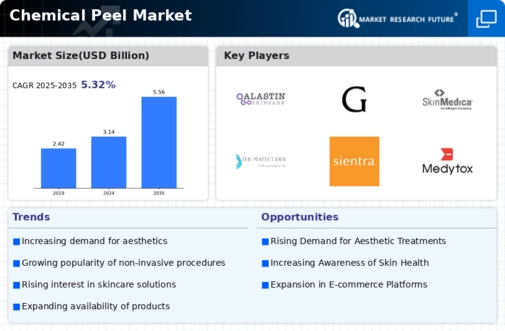


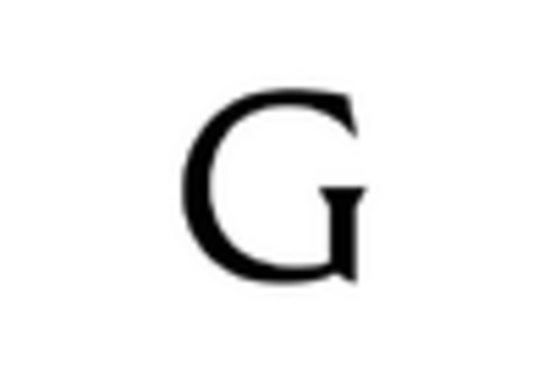
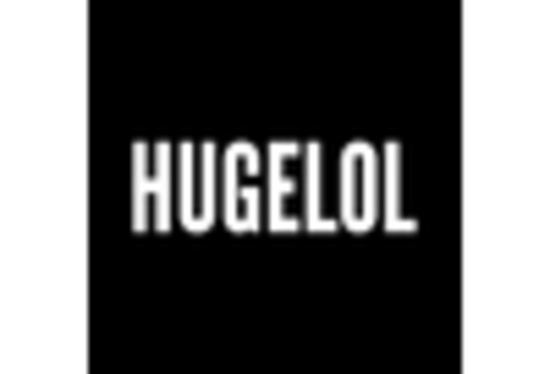
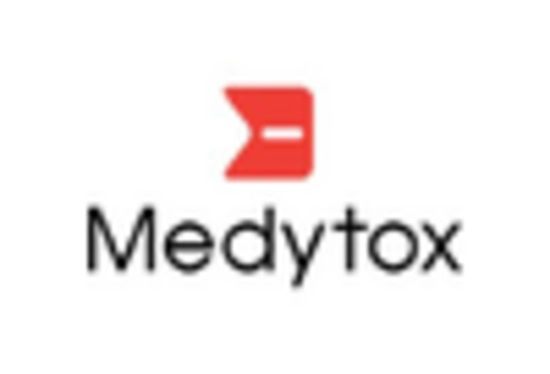

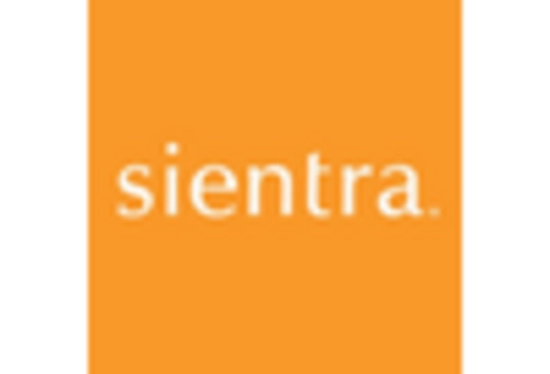








Leave a Comment